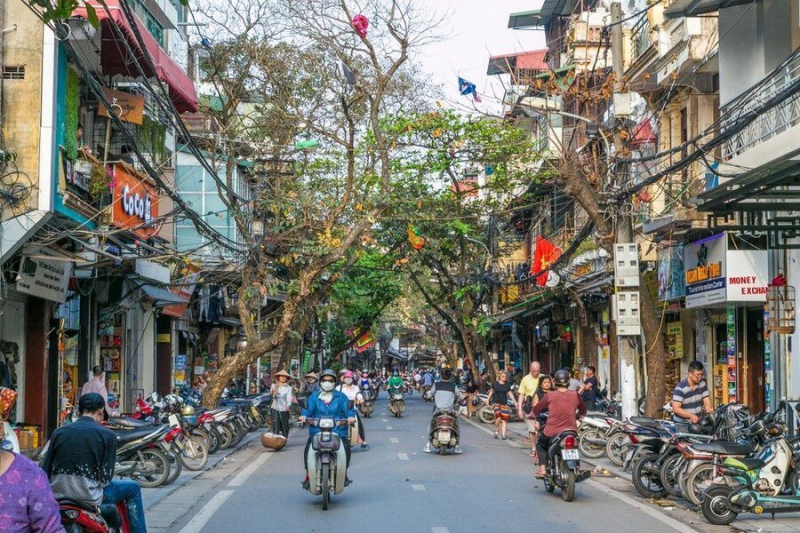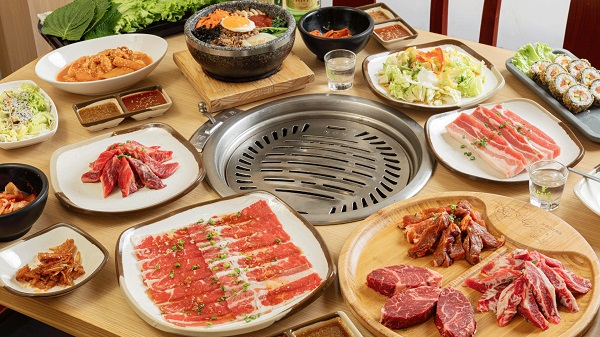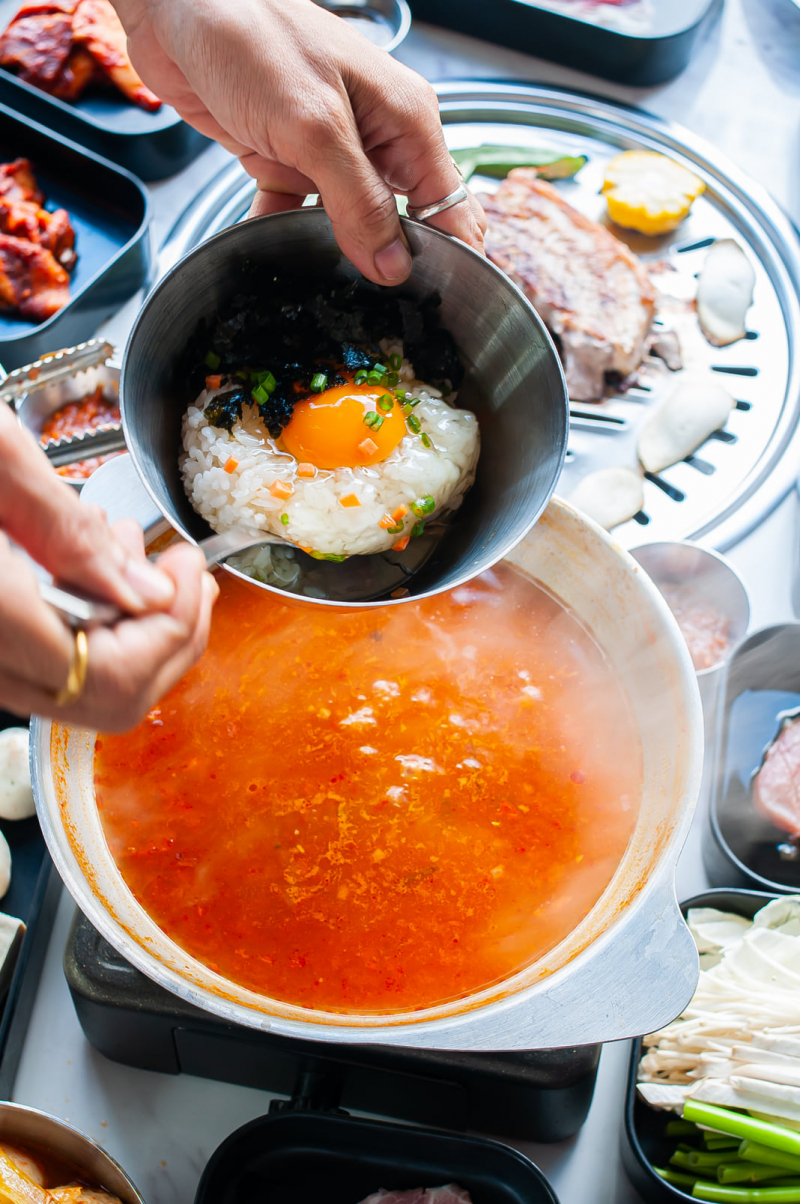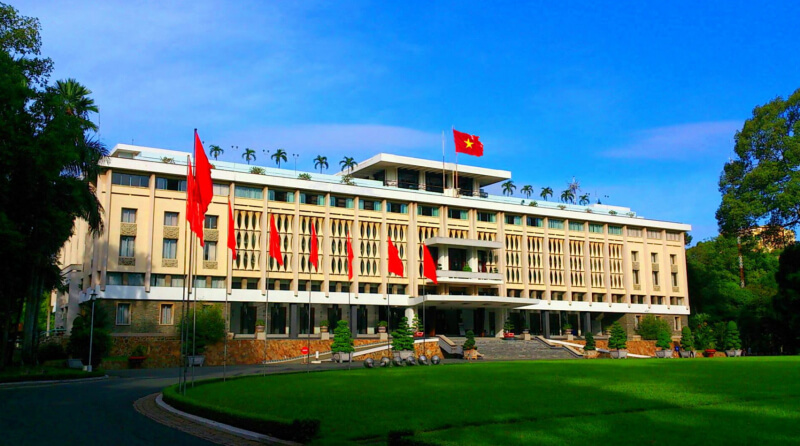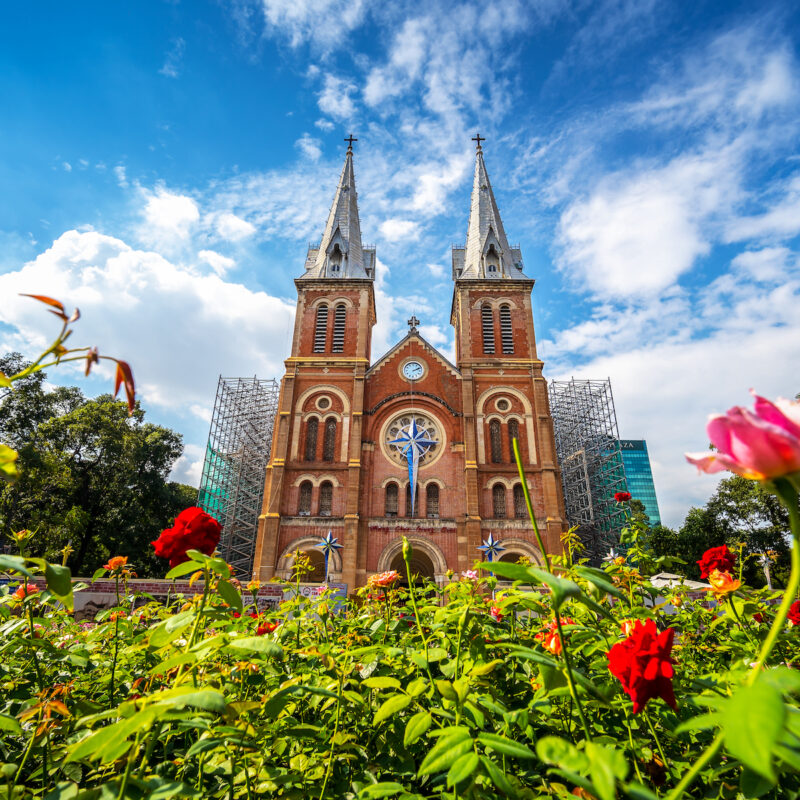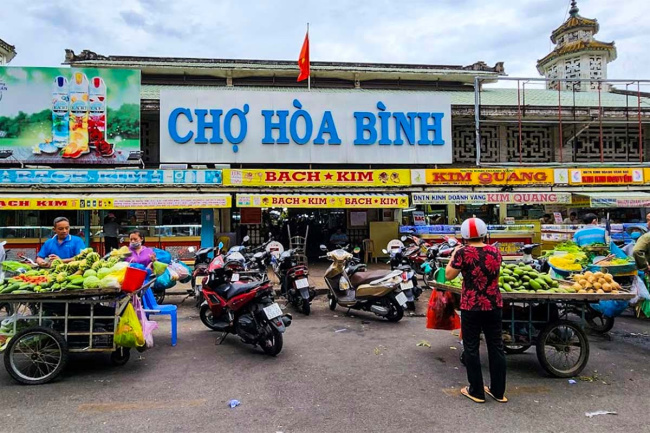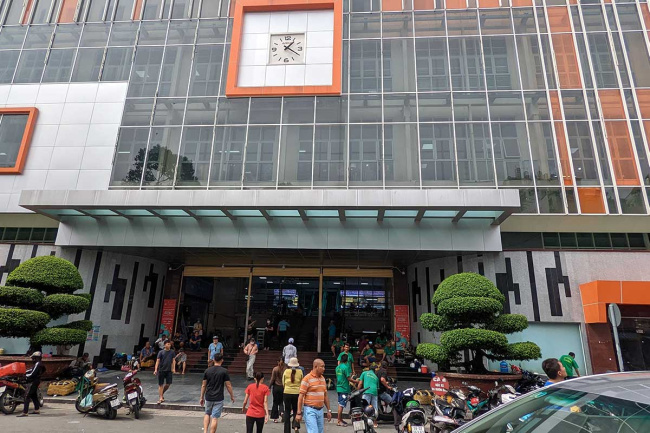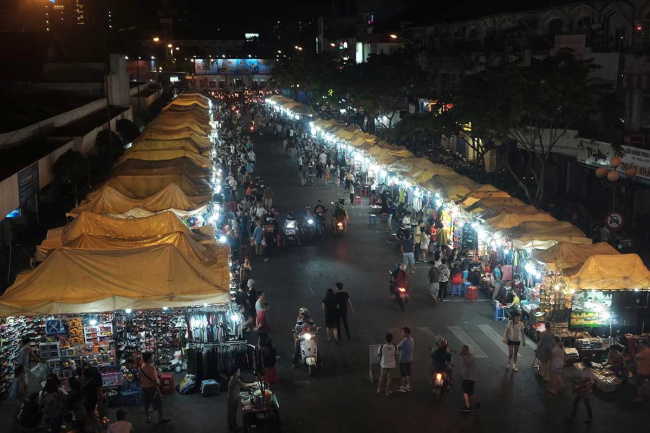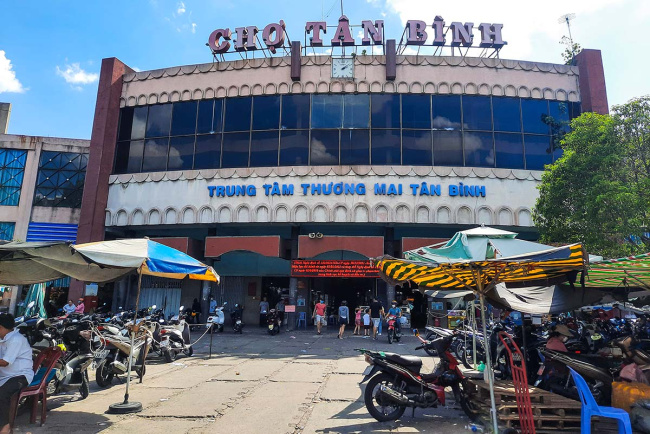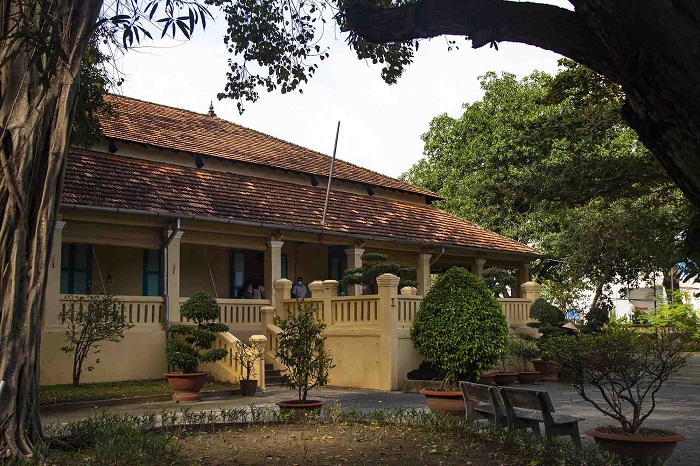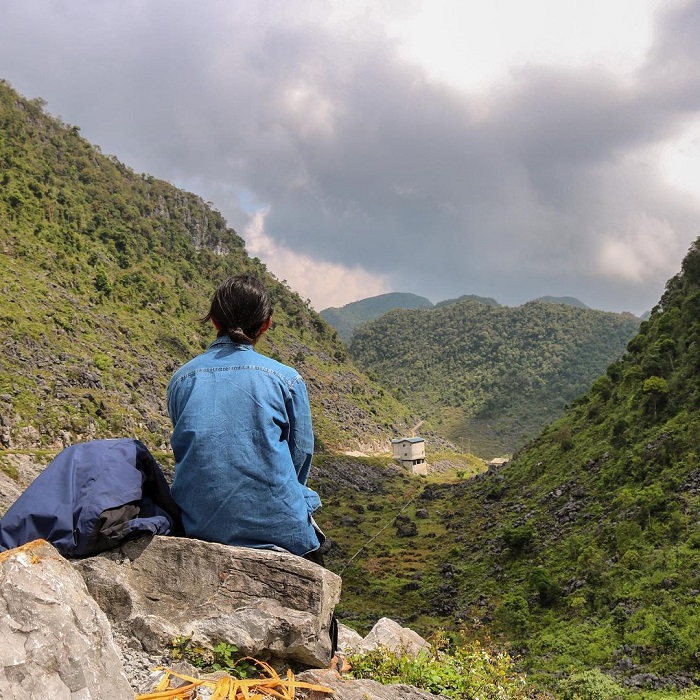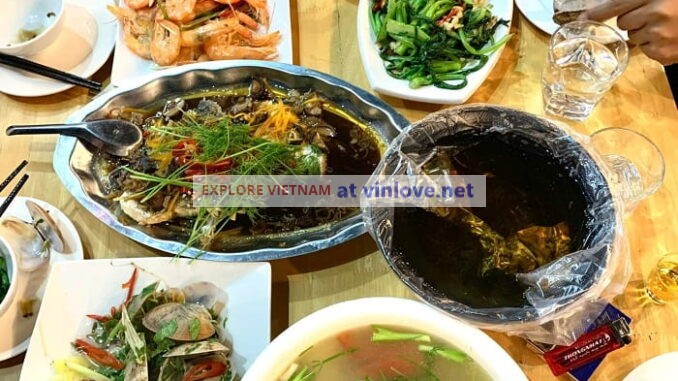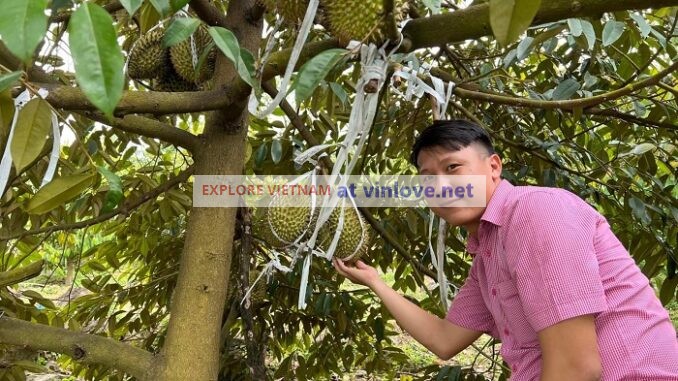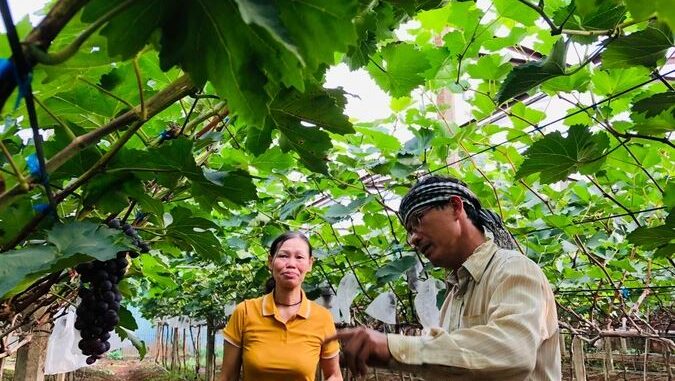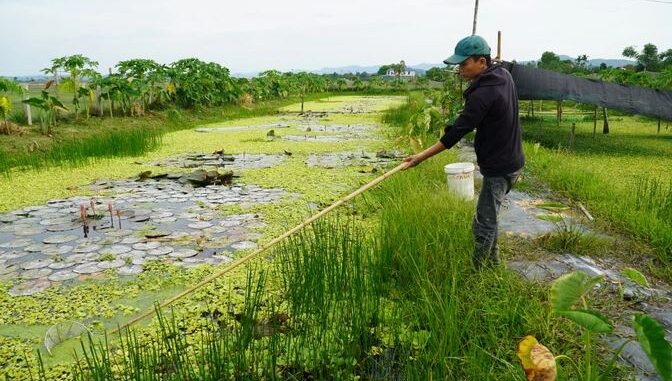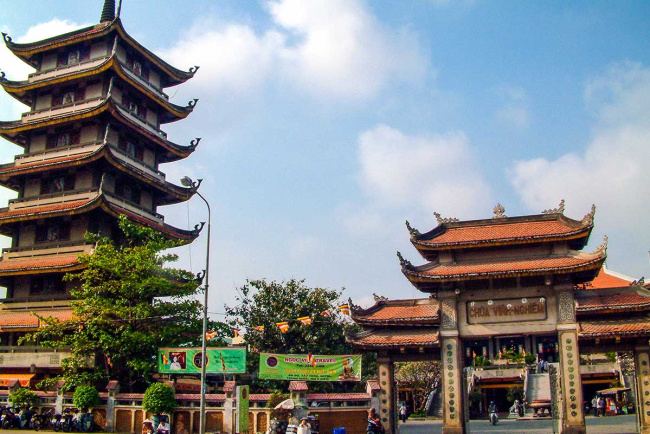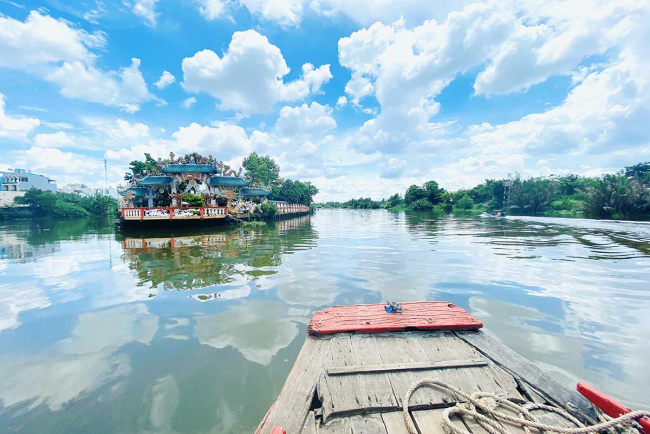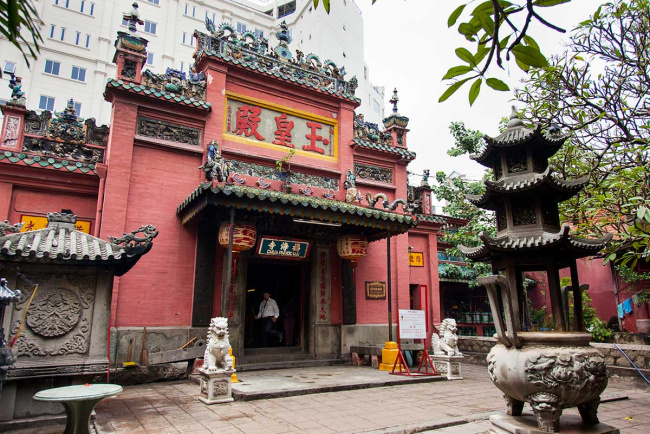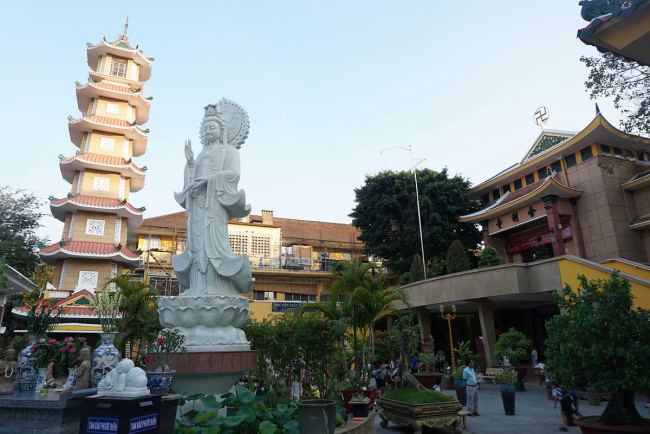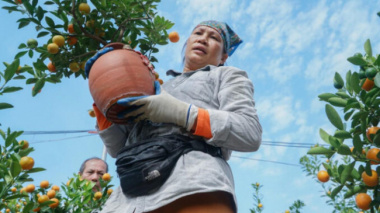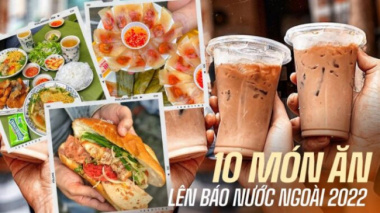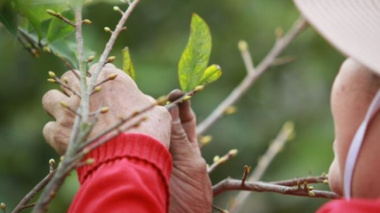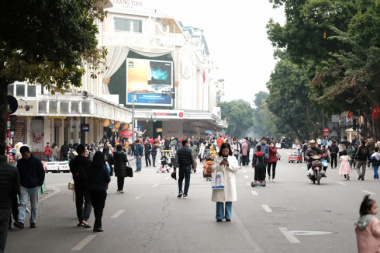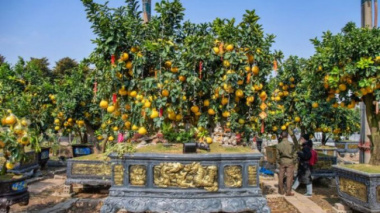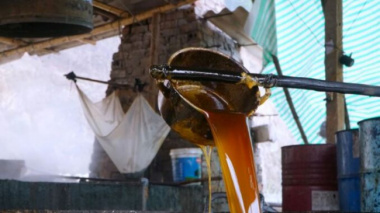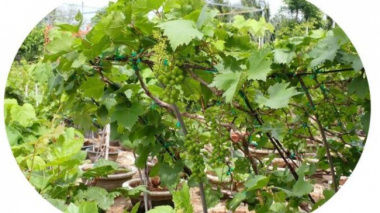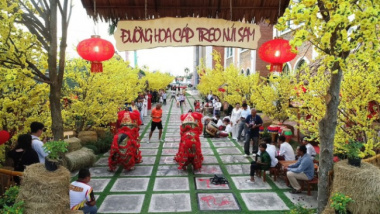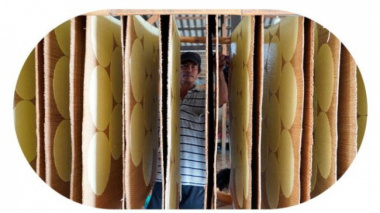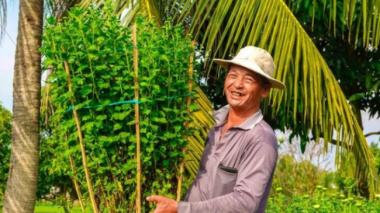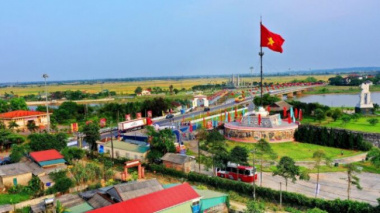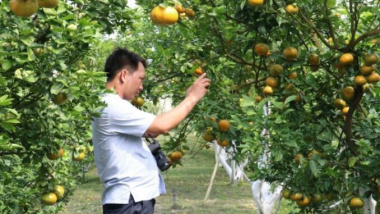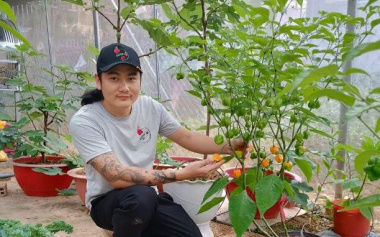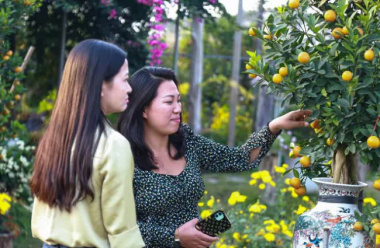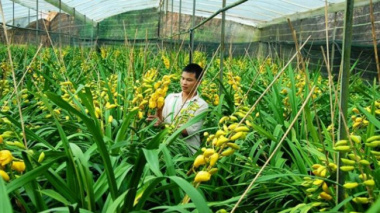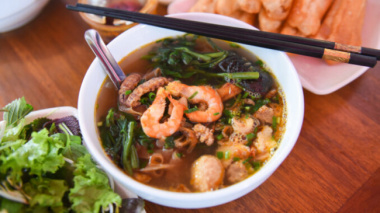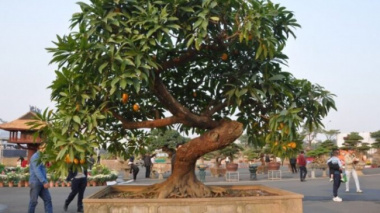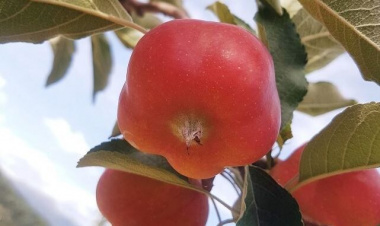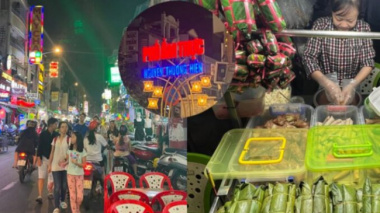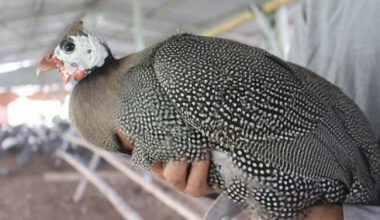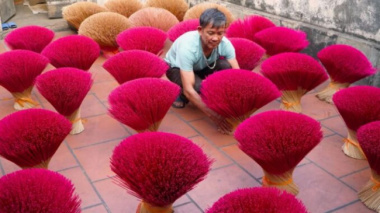Understanding Vietnamese Street Food
- Understanding Vietnam’s Food Culture
- Vietnam Street Food 101
- Tip #1: Know the best time to eat
- Tip #2: Follow the people
- Tip #3: Street Food Sanitation
- Tip #4: Street Food Etiquette
- Tip #5: Finding the best option
- Tip #6: Be playful with the condiments
When traveling, it’s nice to have a smooth experience by creating an itinerary around hotels and restaurants that have a good track record. We usually find reviews online or ask our friends who have traveled to the same place before. But if you want to have a more immersive Vietnam experience, eating street foods is a must.
Many are hesitant about trying street food because of the notion that they’re unsanitary. But, if you avoid trying out Vietnam’s staples, you will be missing out a lot. It’s important to learn how to safely get started eating Vietnam’s notoriously delicious street food.
As author and world traveler Jodi Ettenberg noted before, it’s not usually the street food that makes foreign travelers sick. Yes, some may not be as trustworthy as others, but if you can find the right spots, you’d be getting the tastiest food in Vietnam at a fraction of a cost.
“There were other times I did get sick, blatantly disregarding the book’s advice. But eating street food was not usually the culprit, and it pains me when people avoid street eats thinking restaurants are safer.” —Jodi Ettenberg
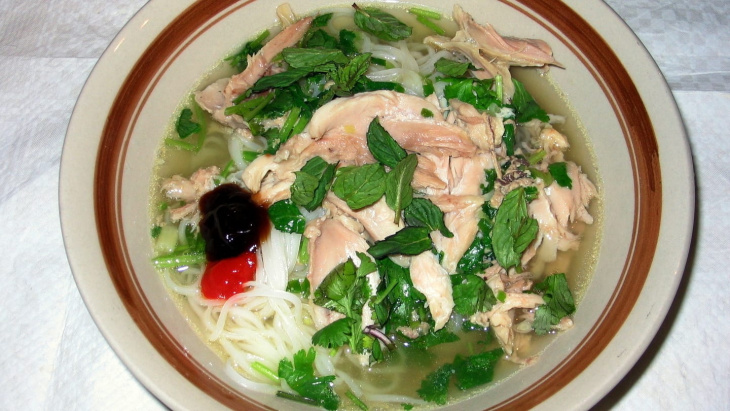
Pho Ga (Chicken). Photo: Wikimedia Commons
Another renowned traveler and author Luke Nguyen attest to the exciting food culture in the country. In his book, “The Songs of Sapa” (affiliate link), he said Vietnam’s culture is deeply intertwined with food.
“For Vietnamese people, food is our life; we are forever eating, cooking, and talking about food. Food is communication—food is culture.”
To help you discover the best of Vietnam’s most authentic cooking, here’s a comprehensive guide to help you with your trip.
Understanding Vietnam’s Food Culture
Vietnamese cuisine has a unique balance of heat, sweetness, aroma, and saltiness. Geography is a vital factor for how Vietnamese people source and cook their food.
This elongated S-shaped nation has an abundance of river deltas, plains, and mountains. The climate also affects the availability of ingredients throughout the year. Since Vietnam is a tropical country, they have a long season for growing produce.
Just like other southeast Asian countries, Vietnam’s staple food is rice (also known as com trang). Steamed rice is a part of every meal. Then, they partner it with rich, savory dishes that serve as the rice’s complementary viand.
Vietnam’s neighbors also had a significant influence on how the cuisine has transformed. The Mongolian who invaded the northern part of the country brought beef with them. The Vietnamese diet eventually adapted to this ingredient and has become a part of popular dishes like pho bo (beef noodle soup) and bo bay mon (Beef Cooked Seven Ways).
China had a dominant influence on Vietnamese cuisine. Since the country has been under China’s rule for 1,000 years, the majority of the Vietnamese food customs and cooking techniques were derived from the Chinese. Various dishes are cooked in a wok, and chopsticks are their main utensils.
Then, when the French colonized the country during the 1850s, baguettes, coffee, and cakes were introduced. Now, they have numerous iterations on these foods.

Bahn Mi. Photo: Stu Spivack via Flickr
Depending on where you’re located in the country, these influences on food and geography can be seen on their street food. Now that we know the basics of where and what Vietnamese cuisine is, let’s start training our eye to find the best food stalls in town.
Vietnam Street Food 101
Most of the street foods in Vietnam are served hot and fresh. What’s great about these stalls is they’re healthier than buying packed noodles then heating it with water in your hotel room. So, if you’re staying in the country for a couple of days and you want to stay on budget, most meals in these food stalls would cost you less than $1.
Tip #1: Know the best time to eat
Vietnamese are generally early risers. They have these “golden hours” that serve as the bell to let you know that this is when the food is usually served fresh.
The best way to remember these hours is to follow the three hot meal times of the day: early morning breakfasts (6-7 a.m.), lunchtime (noon), and dinner (5-8 p.m.).
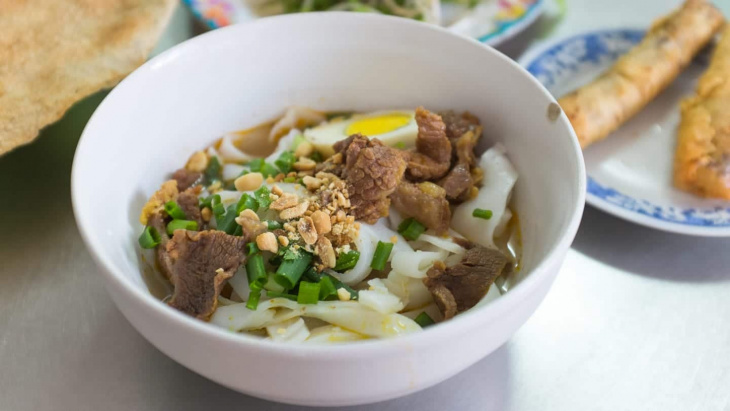
Mì Quảng, Da Nang Photo: Christopher Crouzet via
Since most stalls sell near high-foot-traffic locations like schools, churches, and markets, it’s easy to know when these golden hours happen because the stalls would have a long line.Speaking of lines, let’s go to Tip #2.
Tip #2: Follow the people
When you roam through the streets of Saigon, it pretty easy to spot popular street food stalls since they would be crowded most of the time.
To know if you’re visiting a reliable spot, it’s safer to assume the quality when there ‘s a line for the food.
If you’re visiting during those low hours, asking locals about the best spot could also be an alternative. If, for example, you’re looking to try the Vietnamese baguette sandwich Bánh Mì, you can either ask a local or follow where the loyal customers are surging to.
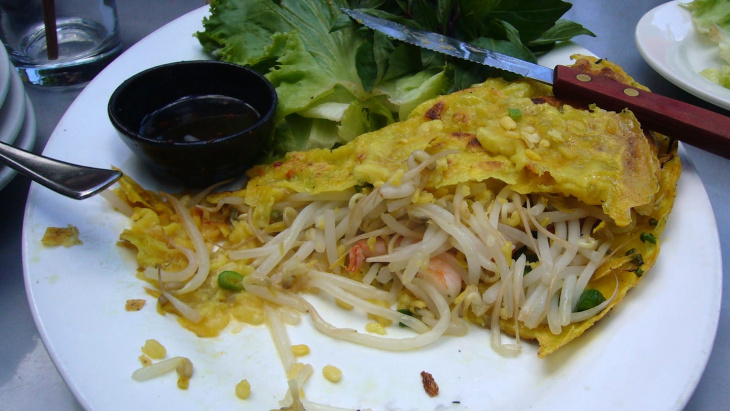
Banh xeo. Photo: Kent Wang via Flickr
Tip #3: Street Food Sanitation
The great thing about street food is their setups are simple. There’s a stove, an ingredient tray, and a small space for setting the food.
With this layout, everything is transparent. You can see if the vegetables are fresh or if they’ve already been laid out in the open for days. The colors are also a good indication of how fresh the ingredients are.
If the food stall has an organized operation, it’s an excellent sign that they take cleanliness very seriously.
Tip #4: Street Food Etiquette
The exciting Vietnamese street food culture is so varied you can’t expect to have one standard rule for eating street food. For their dry noodles, there are regions in the country that serve short chopsticks. On the other hand, if you try to visit larger cities, they have the traditional Chinese chopsticks.
Though there’s a variety of options in Vietnam’s street food, there are still basic rules to follow to make sure you’re doing street food the right way.
First of all, most street foods are served with packaging (either paper bags, disposable plates, or plastics). If your street food is served this way, you can go straight to eating them from the packaging.

Vietnamese cuisine “bot chien” at Thai Binh market HCMC. Photo: Tonbi Ko via Wikimedia Commons
Then, there are the mom-and-pops stalls that have a couple of tables and chairs laid along the sidewalks. Most of these stalls serve food in washable bowls or plates. They would usually have spoon, forks and chopsticks you can use. But, now that we have sustainable bottles and utensils we can bring on the go, it’s easier to have that added layer of assurance when it comes to the cleanliness of what you’ll be using outside.
The last part of this tip is knowing when to pay. This rule applies especially to the stalls with tables and chairs. If you’re ordering, make sure to bring your order first. Vietnam’s food stalls usually have a casual system. Customers eat first, and they pay at the end of the meal. Note that for smaller stalls, you can pay directly to the chef. For larger ones, there would be someone to bring the bill to you at the end of your meal.
Tip #5: Finding the best option
Street foods usually have less than five items on their menu. These are home chefs who have perfected their way into making Vietnam’s staples. Though there are multiple guides (like this) you can research before you traverse the street food market, it’s also helpful to ask the chef directly about their best menu.
Try learning a couple of Vietnamese words that will help you communicate with the local chefs. For vegetarians, you can tell them “không thịt” to let them know that you won’t be eating meat. Or you can just say you’re looking for “ăn chay,” which means vegetarian food.
Being able to say primary keywords can help the chef know what to serve you best.
Tip #6: Be playful with the condiments
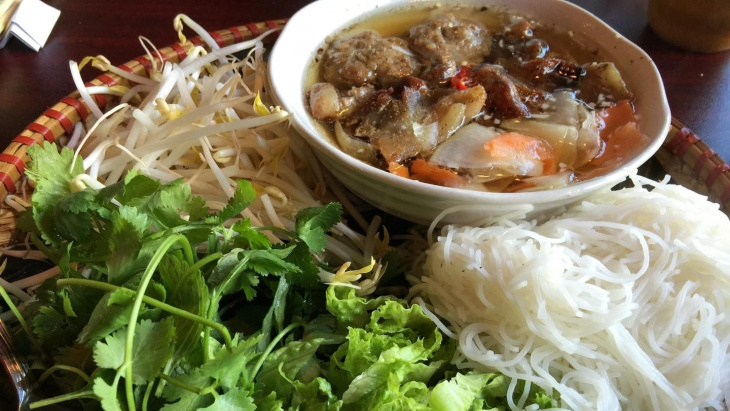
Bun Cha. Photo: Roland Tanglao via Flickr
Vietnamese street food will always have a mix of fresh vegetables. Especially with dry noodles and fried food, they would usually be served with the neutral flavor. Though the chef’s serving is already tasty, it helps to know your way around the condiments so you can further expand the palette of the food depending on your preference.
First off, the fish sauce is a must-try. It’s a brownish, translucent liquid condiment that you can sprinkle around your food to make it saltier.
They also have the chili jar. This is made of chopped garlic with chili. Sometimes, there’s a little bit of vinegar, too. This fantastic concoction is heaven for those who prefer spicy foods.
Then, there’s the tasty calamansi. It’s the Asian version of lemon but in a small, bite-sized version. Calamansi tastes like lemon, and they’re served cut in half. You squeeze the juice from the calamansi and spread it over your food. This will elevate the taste of your meal.
For noodles, there will always be a healthy side of leafy greens and herbs. Experiment on what would work best. They have basil, lettuce, and cilantro.
Summary
Vietnam’s street food is an amazing avenue to experience the country’s culture. You can even plan a whole day just to try out the different street foods in the city!
It’s always better to prepare ahead and to know what to expect before heading out. A little practice can also go a long way. Try out a couple of Vietnamese words so you can also express yourself when you eat out.
Then, it won’t be long when you’re eating Vietnamese street food like a pro! For more of Vietnam’s best, follow Uncover Vietnam and subscribe to our newsletter!
Đăng bởi: Nhớ Trần


